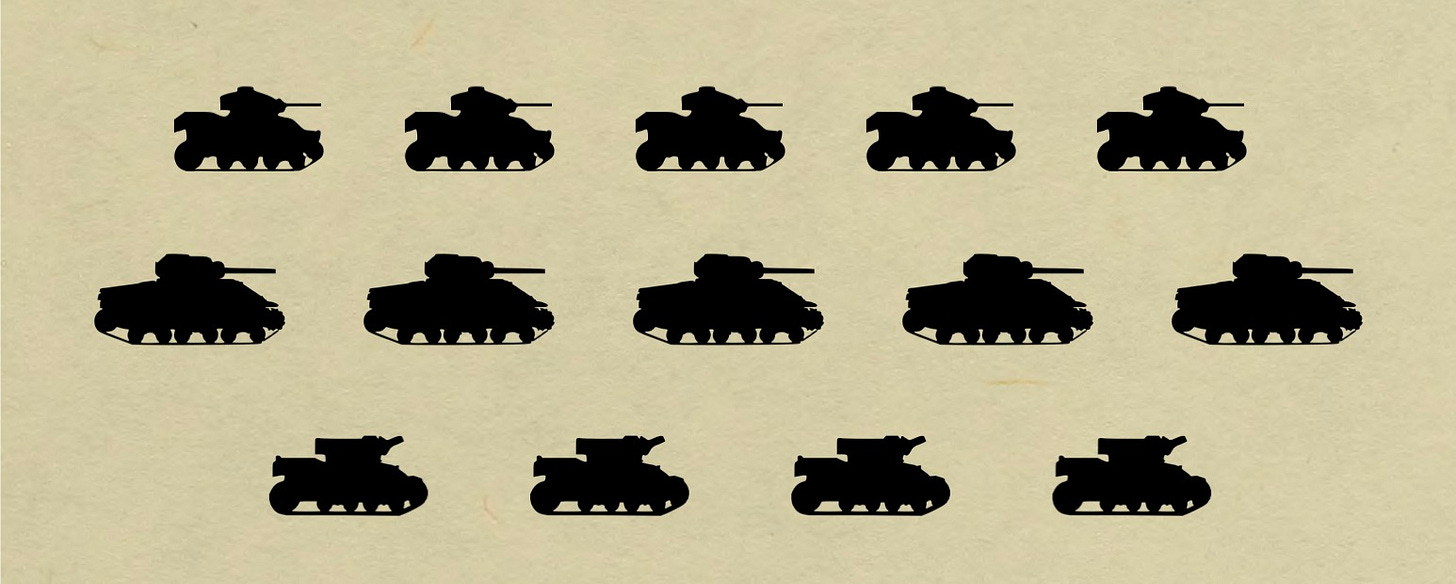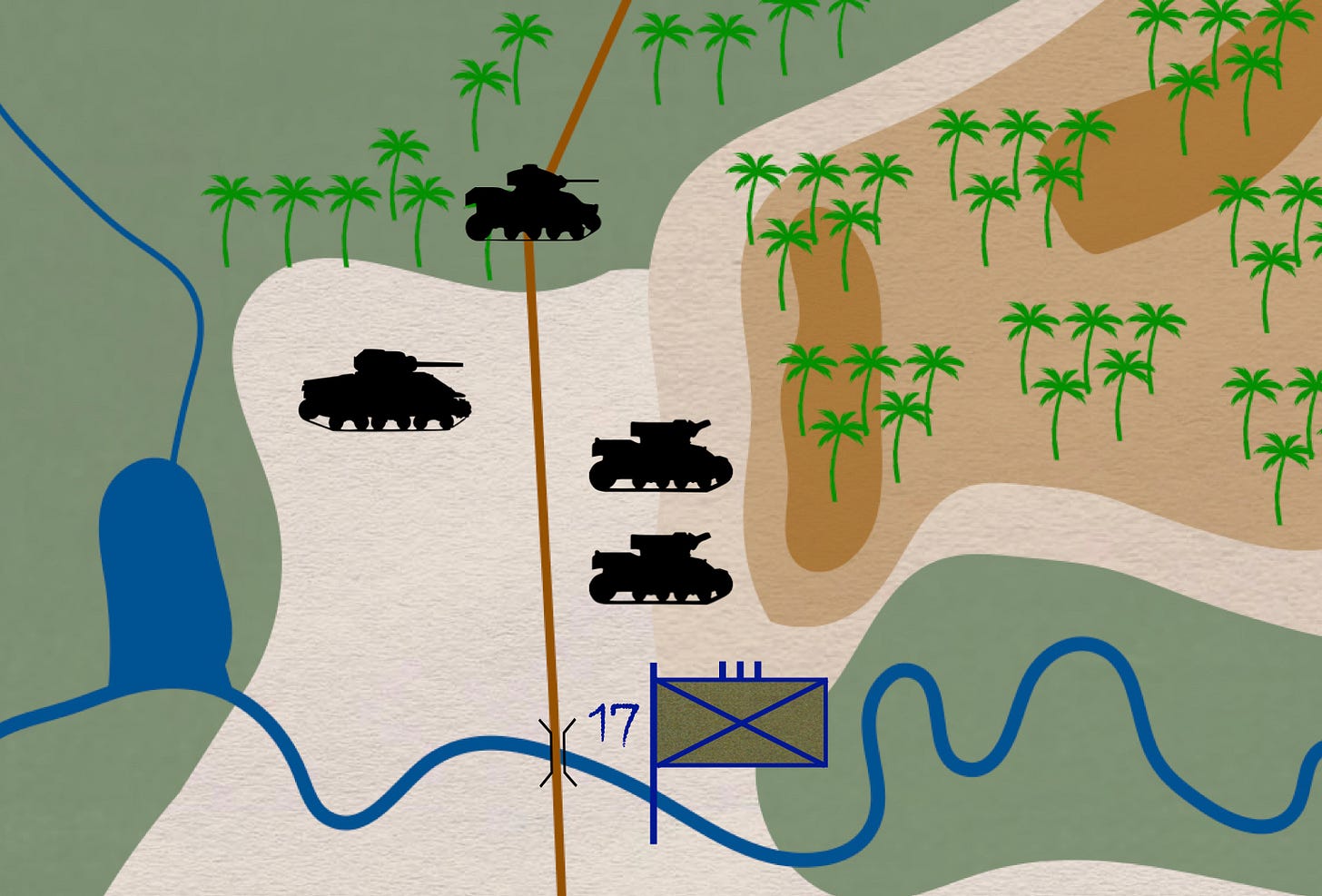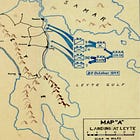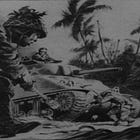CC/RCT 17 (VI)
A decision-forcing case
This post continues a series of decision-forcing cases. With that in mind, I recommend that, before reading the paragraphs that follow, you read (or, better yet, work through) the first five posts in the sequence.
After all of the available 75mm ammunition had been issued to your howitzers, you send your two ammunition trucks back to Dulag.
You give the soldier in charge of the detail a note for the regimental ammunition officer. This note requests that
the trucks be filled with 75mm ammunition as soon as possible.
the mix of rounds include a high proportion of time-fuzed projectiles
the four men of the maintenance section be sent to the main body of RCT 17 with the ammunition.
In the course of speaking with your platoon commanders, you learn that the crew of the howitzer with the leaky recoil mechanism has figured out a work-around for the problem. At the same time, you discover that all four howitzers need the sort of calibration that can only be performed by a fully-fledged gun mechanic.
The afternoon’s attack began at 1400, when a jeep-mounted patrol drove over the bridge that crossed the west-to-east stream that ran along the north edge of Burauen. Just north of the bridge, the jeep riders discovered land mines. Thus the attacking force, composed of the aforementioned patrol, five light tanks, five medium tanks, a rifle company (F/17), and all four of your howitzers, waited while the engineer platoon cleared a path through the mine field.

Once this was done, the light tanks and jeeps rushed forward, driving up the highway until, some 500 yards north of the stream, they ran into a second mine field.
The medium tanks followed until they found positions from which they could fire upon the ridge that ran parallel to the highway, thereby enabling the rifle company and the platoons of your company to get on top of the ridge and begin the task of clearing out its defenders.
At 1530, the leader of the medium tanks reported that the ground west of the highway was too boggy to support the deployment of tanks. At the same time, more or less, the commander of the rifle company declared the ridge to the east of the highway free of Japanese soldiers.
Soon thereafter, the commanding officer of RCT 17 called off the attack and ordered all elements north of the bridge to withdraw behind the stream. All of the armored vehicles save one - a light tank that got mired in a bog while trying to avoid the second mine field - complied with this command.
Conversations with your platoon leaders confirm your suspicion that your howitzers had fired most of their ammunition. These two officers also remind you that, while all of their howitzers remain capable of firing, the lack of proper maintenance has reduced their rate of fire.
The sun will go down at 1751.
The regimental intelligence officer tells you that he expects that, sometime tonight the Japanese will conduct a counter-attack of the kind you experienced on Kwajalein.
Your ammunition trucks, which were to have made a round trip of fifteen miles or so, have yet to return.
You have yet to receive any communication from, or about, your missing maintenance team.
What, Captain, are your orders?
Please feel free to use the comments section to propose a solution to this problem. When doing so, please employ a first-person perspective. That is, rather than writing ‘Captain Jensen should’, please begin your response with ‘I would …’
If you are new to decision-forcing cases, you will find much of interest in the following article.










I would send my XO, along with my Command Recon team, down the road to find the ammunition trucks, and the maintenance team if possible, and expedite their return. I would send them in two vehicles, at least one which has a radio to keep myself and the 1SG informed as to their status.
If the security situation warrants it, I would send additional soldiers from the spare gun crews. The priority is to locate and retrieve the ammunition and ammunition trucks, with the safe return of the maintenance team second.